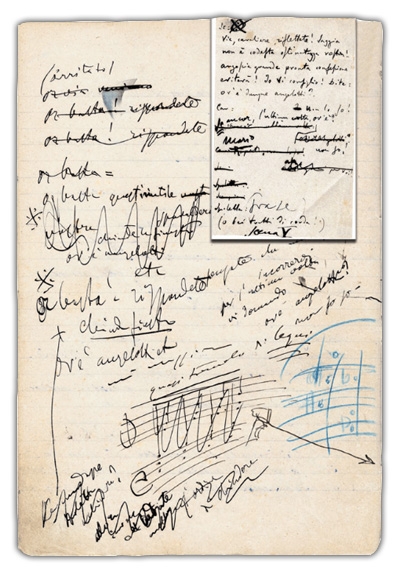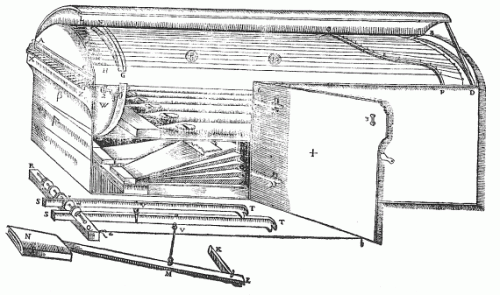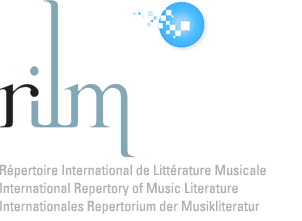In 2009 the Hrvatsko Muzikološko Društvo launched the series Muzikologija bez granica/Musicologie sans frontières with “Teatro di poesia” in the opera house: The collaboration of Antonio Smareglia and Silvio Benco by Juliana Ličinić van Walstijn. The book focuses on the three operas that resulted from collaborations between the Croatian composer Antonio Smareglia (1854–1929) and the Italian writer Silvio Benco (1874–1949).
Muzikologija bez granica/Musicologie sans frontières
Comments Off on Muzikologija bez granica/Musicologie sans frontières
Filed under Dramatic arts, New series, Opera, Romantic era
Beiträge zur Kulturgeschichte der Musik
The German publisher Allitera Verlag launched the series Beiträge zur Kulturgeschichte der Musik in 2009 with Deutsche Frauen, deutscher Sang: Musik in der deutschen Kulturnation, edited by Rebecca Grotjahn. The collection focuses on European musical topics in the nineteenth and early twentieth centuries, with essays that culturally contextualize the works of major composers along with those of lesser-known figures such as Albert Lortzing and Ingeborg Bronsart von Schellendorf.
Comments Off on Beiträge zur Kulturgeschichte der Musik
Filed under New series, Romantic era
Signal to noise
Established in 1997, Signal to noise is a quarterly magazine devoted to improvised and experimental music, focusing on “the confluence of avant-garde jazz, electro-acoustic improvisation, and left-of-center modern rock, with an emphasis on independent production and promotion.” Recent issues have featured the saxophonist Marshall Allen, the groups Sonic Youth and Cheer-Accident, and the duo Mary Halvorson and Jessica Pavone.
Comments Off on Signal to noise
Filed under 20th- and 21st-century music, Jazz and blues, Music magazines, Popular music
Facsimile editions
Facsimile editions may present reproductions of illuminated manuscripts; they also may document creative processes, like the famously scrawled and blotted manuscripts of Beethoven.
In rare cases facsimile editions provide evidence of collaborative processes; an example is the recent edition by Leo S. Olschki Editore of the working copy of the libretto for Puccini’s Tosca, part of which is pictured above.
With notes in the hands of Puccini, the publisher Giulio Ricordi, and the librettists Luigi Illica and Giuseppe Giacosa—and the inclusion of pasted-in pages fathfully reproduced as separate, attatched sheets—the edition documents the collaborative process that resulted in one of the landmarks of verismo opera.
Below, Renée Fleming sings Tosca’s signature aria Vissi d’arte.
Comments Off on Facsimile editions
Filed under Dramatic arts, Opera, Publication types, Romantic era, Source studies
Dining with RILM
In 2004 the diversity among the staff at RILM’s International Center inspired the idea of compiling a cookbook, and the following year we quietly published Dining with RILM in a limited edition.
In her preface, Tina Frühauf,the book’s Editor-in-Chief, gives mouth-watering examples of RILM entries involving food—from David Tudor’s spice cabinet to Japanese rice planting ceremonies to the roles of eating and drinking in Verdi’s operas. Many of the recipes are music-related, if sometimes rather fancifully so (e.g., “A Faustian margarita”). Copies of this rare compendium are available from the International Center, though this information is not on our website—it’s a blog exclusive!
The cover photograph, reproduced above, was taken by our former Managing Editor, Murat Eyuboğlu. You are invited to post your own favorite music-related recipes below.
Comments Off on Dining with RILM
Filed under Food, From the archives, RILM












